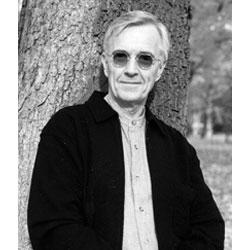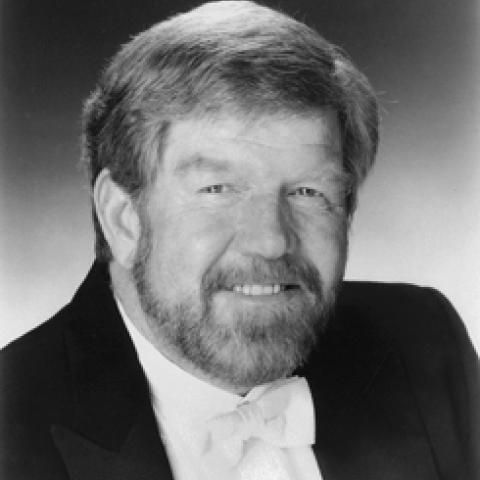
Richard Torrence, promoter and manager, died February 6 following a major stroke.
With his colleague and life-partner Marshall Yeager, Torrence promoted Virgil Fox’s “Heavy Organ” initiative back in the 1960s and 70s. He guided the career of Ted Alan Worth, collaborated with the Rodgers and Ruffatti organ companies, commissioned Fox’s “Black Beauty” Touring Organ, co-authored the irreverent biography, “Virgil Fox: The Dish”, and shepherded the “Virgil Fox Legacy”, godfathered the ‘virtual organ’, and encouraged Cameron Carpenter.
Richard Torrence earned a Bachelor of Science degree from the University of Wisconsin-Madison in 1958. He moved to New York and established a concert management in 1963, representing Virgil Fox and other leading artists.
He worked with Rodgers Organ Company and Fratelli Ruffatti, handling marketing, public relations, advertising, product development, and sales until 1976, when the concert management grew into a production company.
By 1983, Torrence was developing high-visibility fund-raising events for such clients as UNICEF, Dance Theatre of Harlem, New York City Opera, and the American Foundation for AIDS Research (AmFAR). Celebrities he worked with included Elizabeth Taylor, Leonard Bernstein, Mstislav Rostropovich, Eartha Kitt, Van Cliburn, Madonna, William F. Buckley Jr., Ted Turner, Jane Fonda, and Michael York.
During a trip to Russia in 1992, Richard Torrence became acquainted with Anatoly Sobchak, Mayor of St. Petersburg, and became Advisor to the Mayor of St. Petersburg on International Projects, 1992-96, facilitating cultural projects and investment opportunities in the Petersburg region.
During his tenure he helped raise $1.3-million for city dental programs, and attracted the Wm. Wrigley Jr. Co. to St. Petersburg to build a $70-million factory. Vladimir Putin was Torrence's immediate superior during this time.
Torrence had twice produced the St. Petersburg Festival of American Films, and in 1998 he designed and marketed Le Club, a business and professional complex with two restaurants and special events facilities.



